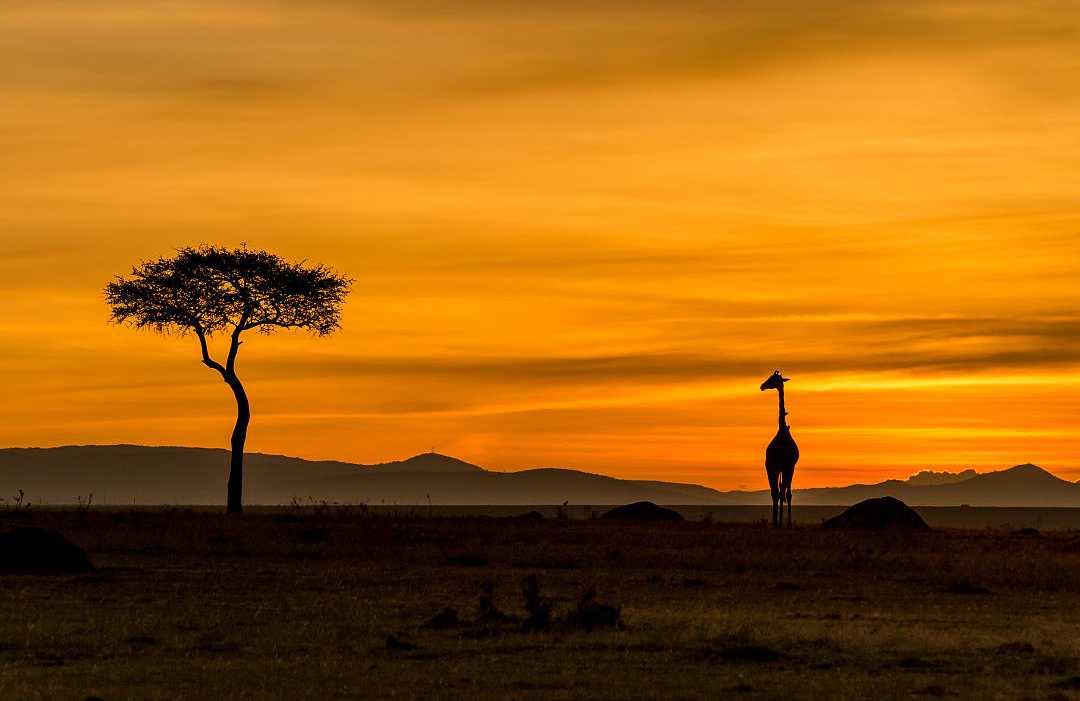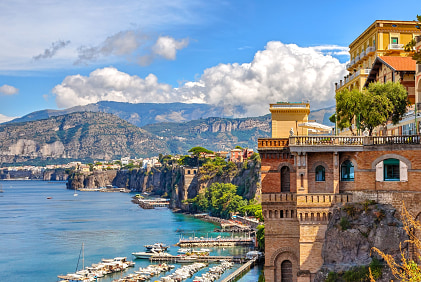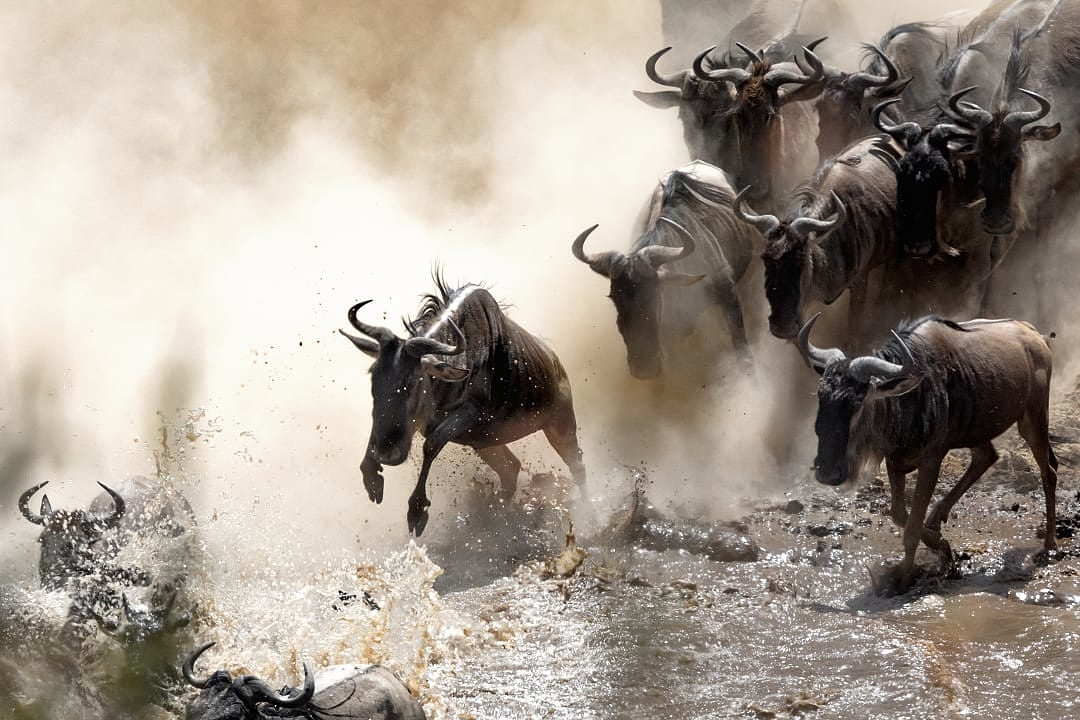Why These Experiences Are Unmissable
Walking safaris and aerial adventures offer perspectives impossible to capture from inside a vehicle, connecting you directly to the African wilderness.
- Feel the Vibrations: Sense the subtle vibrations through your feet as elephants approach a distant waterhole.
- See Intricate Details: Notice the patterns of spider webs jeweled with morning dew.
- Understand the Scale: Grasp the vastness of migration routes visible only from above.
- Read the Signs: Learn how fresh leopard prints, delicate pangolin scratches, and rhino middens all tell stories of survival, territory, and the endless dance between predator and prey.
Your expert tracker becomes your translator for nature's secret language, finding the stories of survival, territory, and the endless movement between predator and prey.
A Journey Through Wilderness Understanding
Walking safaris trace their origins to the earliest human experiences in Africa, when survival depended on reading environmental signs and understanding animal behavior. Today's luxury walking experiences honor this heritage while providing safety and expert interpretation that transforms every broken branch and scattered feather into fascinating insights about ecosystem dynamics.
The underground hide experience elevates wildlife observation to an art form, positioning you at eye level with Africa's giants as they approach watering holes completely unaware of your presence. These specially constructed viewing chambers, originally developed by wildlife researchers, now offer you the privilege of witnessing animal behavior from just feet away.
What to Expect During Your Walking Safari
Morning walks begin before dawn, when the air carries the scent of dew-dampened grass. Your lightweight hiking boots grip sandy trails as you follow your guide's steady pace, stopping frequently to examine tracks and listen to the subtle sounds that indicate nearby wildlife.
- A Sensory Map: The earthy aroma of elephant dung mixed with wild herbs creates an olfactory map of recent animal movement.
- Engaging Your Senses: Acacia thorns catch at your khaki clothing and their sweet-scented yellow blooms attract clouds of dancing butterflies.
- Traditional Knowledge: Your guide points out medicinal plants, crushing the leaves to release pungent oils as their uses are explained.
- A Wilderness Timeline: See how the delicate footprints of a nocturnal honey badger intersect the deeper impressions left by a browsing giraffe, creating a timeline of activity that unfolded while you slept.
Balloon Safari: Africa From Above
Hot-air balloon safaris begin in pre-dawn darkness with the gentle roar of burners. As the basket lifts silently into the pale morning light, the landscape transforms into a living map where rivers carve silver lines through golden grasslands.
- Treetop Perspectives: Drift at treetop level to see giraffe families moving gracefully through acacia groves like tall ships.
- Spotting Predators: Notice lion prides resting in the shade of riverine forests, their tawny forms camouflaged until movement betrays their location.
- Amplified Sounds: The silence of the flight amplifies natural sounds, from the clear trumpet of an elephant to the thunderous movement of a buffalo herd below.
Your pilot adjusts altitude with precise burner control, allowing close encounters with tall animals while maintaining safe distances that preserve natural behavior.
Where to Experience Premier Walking and Balloon Safaris
- South Luangwa National Park, Zambia: Birthplace of walking safaris, offering expert guides and concentrated wildlife populations
- Maasai Mara, Kenya: Classic balloon safari territory with spectacular Great Migration viewing opportunities
- Kruger National Park, South Africa: Underground hides at exclusive concessions provide unparalleled big cat observations
- Hwange National Park, Zimbabwe: Vast elephant populations and diverse ecosystems are perfect for tracking experiences
- Laikipia Plateau, Kenya: Private conservancies offering personalized walking adventures with local Maasai guides
- Serengeti National Park, Tanzania: Endless plains ideal for balloon safaris during calving season
- Okavango Delta, Botswana: Walking safaris on remote islands accessible only by mokoro canoe
Discover your perfect walking safari adventure and craft a bespoke aerial journey that reveals Africa's grandeur from every possible perspective. For more information, take a look at our Types of Safaris: Different Ways to Experience Safari.












